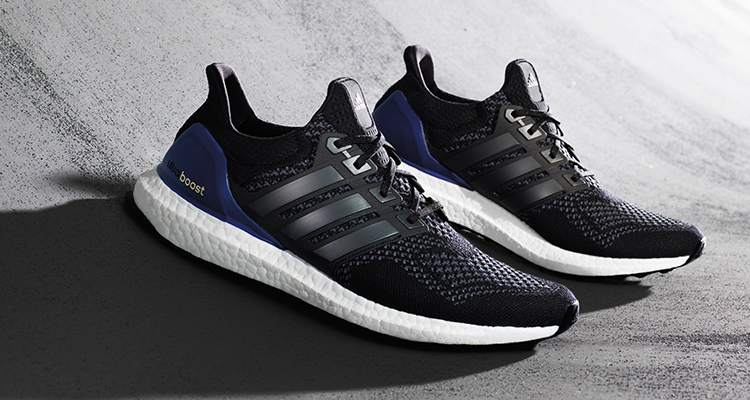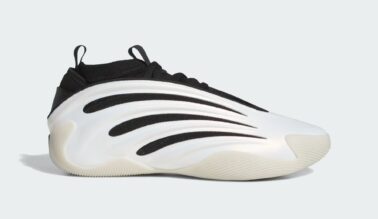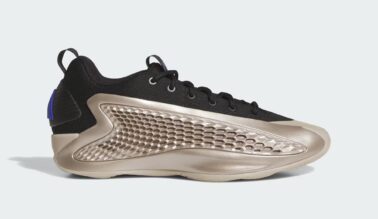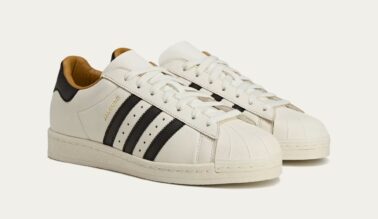This post may contain affiliate links. Please read our disclosure policy.
When adidas first revealed their groundbreaking Ultra Boost performance runner back in January ahead of its global release the following month, much of the excitement surrounding the progressive silhouette aligned intimately with its marketing campaign. adidas felt they had produced “the best running shoe ever,” a bold claim that at first mention seemed like gerrymandering in its highest form.
But what happened next would both compel and intrigue. Runners would begin to co-sign adidas’ brassy claims. It was exactly what the brand wanted to happen. I, too, was almost instantaneously overwhelmed with how well the shoe ran. But as any avid runner will insist, it’s not that first mile that counts, but the next few hundred that truly lend to the character of the shoe.
This would be the median in which I hoped to delve into such a paramount creation. How would the adidas Ultra Boost facilitate betterment after 100 miles? 200 miles? Then upwards to the 400 mile mark, where most experts suggest to replace a shoe for safety precautions. Likening the sartorially savvy shoe to car tires was where my rubber would meet the road.
Typically, if consistency extends its hand to my aid, running about 15 miles per week satisfies my appetite for cardio. That, along with a few sluggish episodes on the hardwood. The adidas Ultra Boost has pleasantly been my footwear choice for each and every run since early February until now, mid-September. And for argument’s sake, let’s say I’ve been steady in my endeavors. I’m approximately 400 miles in at present time.
Firstly, Primeknit construction is what makes it all worthwhile. Lightweight, breathable and with a unique stretching ability that allows for free motion, the shoe’s unique collar sleeve helps cradle the foot with lockdown support perfect for a runner – not too strenuous but firmly secure. Comfort is at a premium here, and that would lead to all sorts of profoundly positive revelations later on. Many of which I still have a hard time believing. And much of that – as corny as it sounds – is because the wear is so seamless the minutes, hours and miles go by like the snap of a finger.
Unlike performance basketball models, I don’t feel much like a quarterback when evaluating likeness. I’m not going through progressions with each step. Nor am I reading and assessing terrain like a field general does opposing defenses. In a more literal sense – this is a marathon, not a race. Day in and day out, I’m looking to feel good through the duration of my run and most important, after that continual and often exhaustive conditioning is done. That, for me, is where the Ultra Boost serves its greatest long-term value.
Recovery is almost absent with the Ultra Boost. The energy return uniquely makes everything easier over time. Thus, the strain on your body is far less damaging. So whether I’m moving at a lesser pace towards a greater distance, or at a faster stride for interval training, recovery, or lack there of, doesn’t change. This is huge. adidas has effectively and systematically allowed me to run longer, stronger and with less strain on my legs.
Speaking of legs; I kind of have a bum right knee. Now, I’d like to think it’s a result of savagely embarrassing my friends on the basketball court over the years, but that’s only true in my often misleading imagination. Whatever the cause, it’s been a hindrance where running is concerned. So much in fact that I’ve been relegated to running with a compression sleeve on said knee. But after a few months in the Ultra Boost, I had the genius idea to remove the sleeve entirely. This, although not directly, was a testament to the sizing, fit and ride of the Ultra Boost.
Risking further injury, my thought was that maybe my issue wasn’t bad health but less-than-stellar running shoes and true to size fitting. And much to my surprise – although technically unproven medically – I was right. I’ve been running fine without the sleeve for months now, with no discomfort and seemingly with better posture and form.
Boost cushioning undoubtedly plays a critical role in this remarkable turnaround. Layers of buffering bolster stronger footing. Though it’s a fleeting thought, even the most graceful runner inflicts a grave measure of force on their feet with each stride. Boost cushioning turns the track, trail or treadmill into something else, something softer. Even after enduring roughly 400 miles, there is still some tread on those tires, which is really, really impressive.
In a densely populated running shoe market that orbits around singular potency, the adidas Ultra Boost set its course on a daunting vocation. Whether it was aforesaid or simply inferred by the grandiosity of the release, taking down the best of Brooks, New Balance and Saucony in one fell swoop was assuredly the mission. Did adidas accomplish what they set out to do? Absolutely. Did they make “the best running shoe ever?” Surprisingly, as grand sweeping as it may sound, yeah, they did for a large legion of fans both old and new.
I count myself among their unwavering followers in that regard. In fact, I did something I’ve only done once before, and never with a running shoe. I bought a second pair. As far as I’m concerned, any shoe that can make me do that deserves all the praise I can muster.
The adidas Ultra Boost is priced at $180 and available now here.




